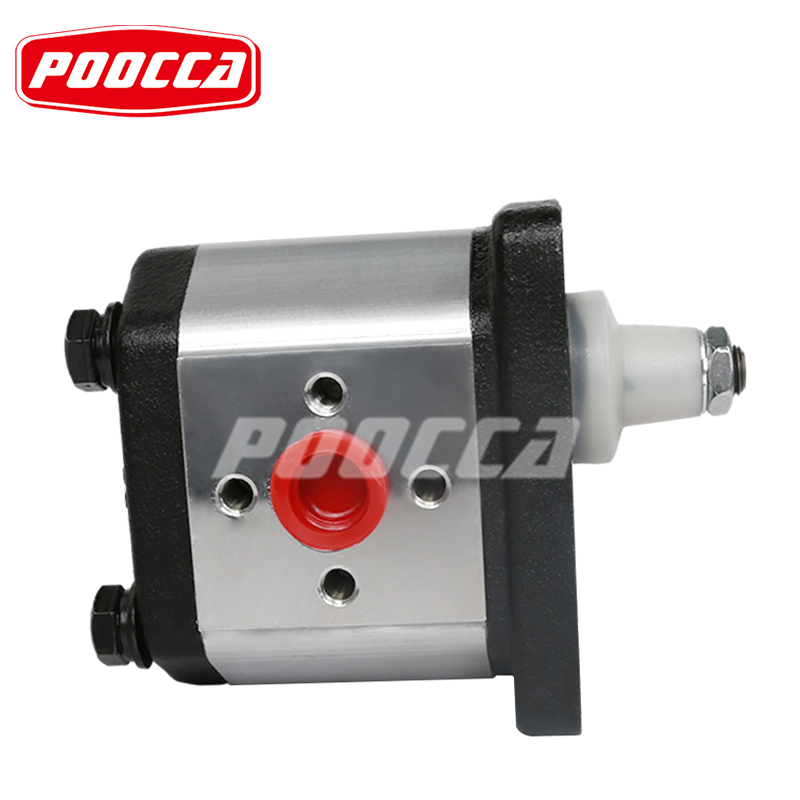Learn about the operation of hydraulic gear motors
In the field of hydraulics, a component that plays a key role is the hydraulic gear motor. These devices are commonly used in industries ranging from construction to manufacturing that require precise and powerful motion control. In this comprehensive article, we will delve into the complex workings of hydraulic gear motors, elucidating their mechanisms and applications.
Basic knowledge of hydraulic gear motors
Hydraulic gear motor is a type of hydraulic motor that is responsible for converting hydraulic energy into mechanical energy to provide rotational motion. They are commonly used in hydraulic systems that require controlled rotation, such as heavy machinery, conveyor systems and industrial equipment.
Learn about components
To understand how a hydraulic gear motor works, you must understand its key components:
Shell: The outer shell that encloses all other components and provides structural support.
Gear: The heart of the motor, consisting of the input gear (driven by hydraulic oil) and the output gear (connected to the motor’s output shaft).
Shaft: The output shaft transmits the rotational motion generated by the gear to the machine or system it drives.
Inlet and outlet: These ports allow hydraulic fluid to flow in and out of the motor, facilitating gear rotation.
Seals and Bearings: Seals prevent hydraulic oil from leaking, while bearings reduce friction and ensure smooth operation.
How hydraulic gear motors work
Hydraulic oil flow
The operation of a hydraulic gear motor begins with the flow of hydraulic oil. When pressurized fluid enters the motor through the inlet, it creates a force on the input gear. This force drives the input gear to rotate.
gear rotation
As the input gear rotates, it meshes with the output gear. This meshing causes the output gear to rotate as well. The direction and speed of rotation depend on the flow and pressure of hydraulic oil.
Output shaft movement
The rotational motion of the output gear is transmitted to the output shaft, which in turn powers the machinery or equipment to which it is connected. This simple yet effective mechanism enables precise control of rotational motion.
Applications of hydraulic gear motors
Hydraulic gear motors are widely used in various industries because of their reliability, efficiency and versatility. Some common uses include:
Construction machinery: Hydraulic gear motors power the rotation of excavator buckets, the motion of bulldozer blades and the operation of concrete mixers.
Manufacturing Equipment: These motors are used on conveyor belts, injection molding machines, and metal processing equipment to precisely control rotational motion.
Agricultural machinery: Hydraulic gear motors drive the rotation of agricultural equipment such as combine harvesters, plows and planters.
Automotive Industry: Some vehicles use hydraulic gear motors for functions such as power steering and convertible top operation.
Material Handling: Conveyor systems, elevators and forklifts use hydraulic gear motors to control the movement of goods.
Hydraulic gear motors play a vital role in industries that rely on precise and controlled rotational motion. Understanding their inner workings, from fluid flow to gear mesh, is critical for engineers and professionals working with hydraulic systems. With their versatility and reliability, hydraulic gearmotors continue to be a driving force in various fields, ensuring smooth and efficient operation of machinery and equipment.
For more insights into the world of hydraulics and the latest industry developments, stay tuned to our news updates.
Post time: Oct-09-2023





